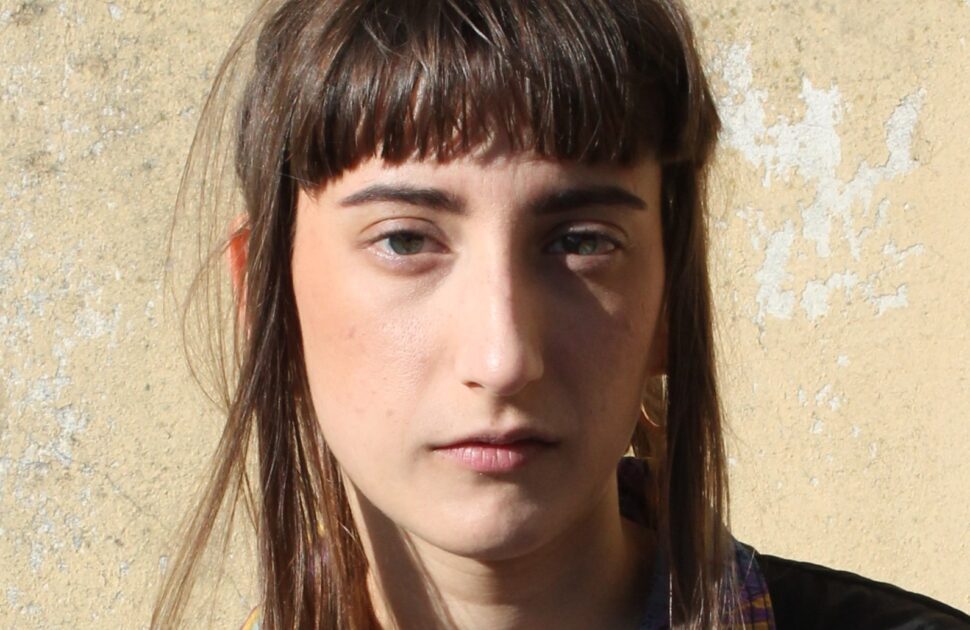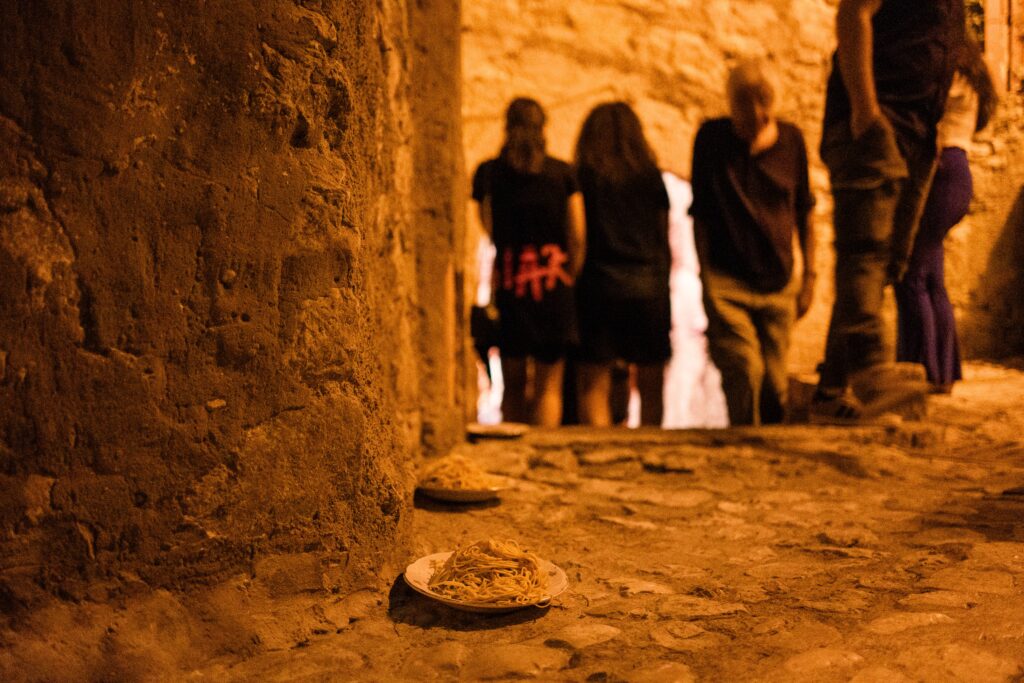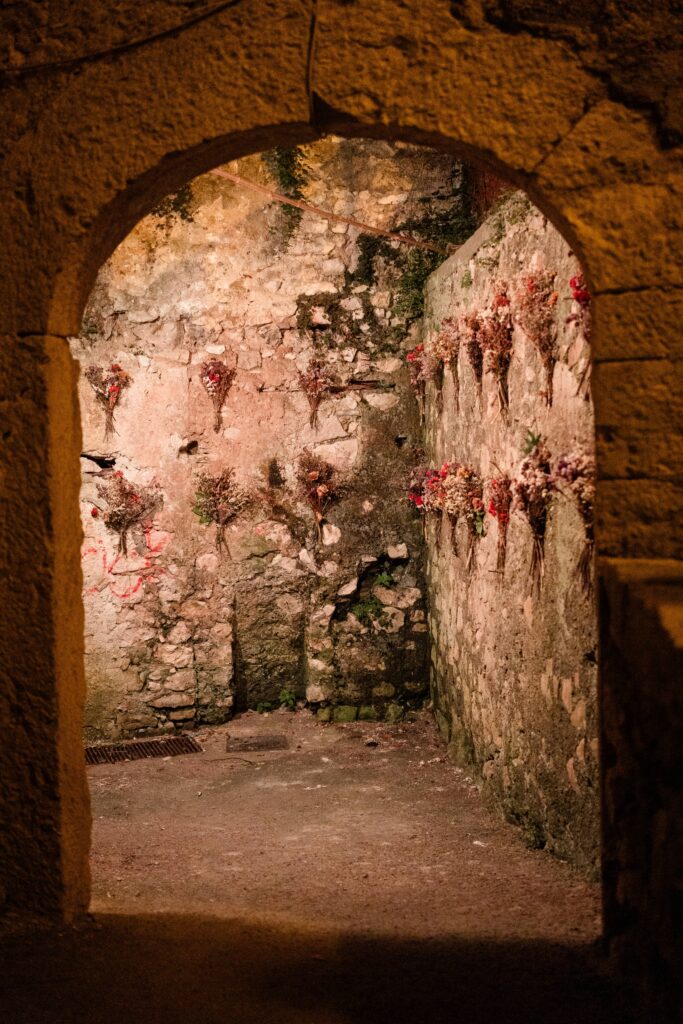
VERONICA NERI
The work of Veronica Neri (Sora, 1995) unfolds in the themes of the search for meaning and the transience of existence through a contamination of languages, preferring the use of materials capable of recording and showing the signs of time. His research begins with pictorial and installation experimentation with flowers in various stages of decomposition (taken from cemetery waste), and develops through the use of different techniques, including the practice of burying and then exhuming the media by having the earth act directly on them. Consequences of the very characteristics of the media employed, the works, unfixed, show and feel the signs of time and atmosphere, changing over the medium and long term by their very nature; they themselves are but the meeting point between the will of the creator, the material being separated, and the chosen medium.
In 2021 he won the 15th National Arts Award. Among his latest exhibitions: Sky and Earth are Margins, Cosmo, Rome, 2023; Lives. Acts of existence , Centro Studi Osvaldo Licini, Monte Vidon Corrado (Fm), 2023.
PROJECT TITLE FOR SEMINARYSOGNINTERRA23
MY LIFE IS HESITATION BEFORE BIRTH
How important is the past for imagining and building the future?
In what has preceded us lie the causes of what we are today and much of what we will determine for the future. Paraphrasing Agamben in “What is the Contemporary?” it is essential to trace in the present what is archaic and original, to identify what are the forces that have never ceased to intervene in the “historical becoming.” Only in this way could we attempt to have an idea of what awaits us next.
What are the elements you would like to/and work on further?
More than focusing on the elements, certainly what I am most interested in now in the work is the mode. I am working and focusing more and more on the procedural aspect of my work, of which the final publicly visible work is a result. My themes have been the same since the beginning of the research, and probably will be for much longer, but what I am reflecting on is how best to convey the “performative” and strictly private part behind the final work.
Tell me more about the work for Seminaria.
“My life is hesitation before birth” is a phrase that has dazzled me since I first read it in Franz Kafka’s 1922 Diaries. I have used it to give a key to a cycle of work I am doing from 2020 to the present, of which it becomes a very effective if not complete metaphor. The protagonists are the decaying flowers that I have been collecting from cemetery waste for years, elements that symbolize vanitas in themselves, but which are also remnants among the most marginal in our world devoted to undaunted perfection and well-being. In the installation for Seminaria, they are protagonists along with another kind of remains, the food remains.
I thought of accompanying the observers in a descending path, which starts with a rhythmic scanning of plates that house remains/food for the local animals that will be replenished every day, and then arrives at the lowest point, an almost “forgotten” place in the country, where the flowers I have collected in the cemeteries over the last few months will be arranged, divided into bunches. Each bunch will have its own place in the space and will be the result of my collecting walk in the cemetery. The theme of the division and reiteration of the same element is meant to emphasize the repetition of action over time.
The descending movement can only be matched by an ascending movement, passing through the same path. “There is a purpose, but not a path; what we call a path is hesitation,” Kafka himself explains.
A project you haven’t been able to do, but would like to do?
It is rare for me to set out to design things that are difficult to achieve; I am used to thinking in terms of the resources I know I can have at my disposal while avoiding waste as much as possible. I certainly have performance projects that I’d like to be able to accomplish at some point.
Your works exemplify the passage of time, eschewing the notion of eternal and enduring, where does this need come from? And how do you deal with this insuperable reality (time)?
Necessity arises from life itself. Martin Heidegger more or less said that there is no more authentic life than being-for-death, keeping all possibilities open and having as our only certainty only our inevitable end. I have always discerned that with the pressing technological progress, especially in the fields of medicine and aesthetics, themes such as dirt, danger, death, and loss are increasingly coming out of what is considered acceptable or worthy of attention by most of society. What I would like to do with my work is to highlight these themes, to at least bring them to reflection, to devote myself to them with dedication, not only for the audience that will have to deal with my works but also to live authentically for myself. Time passes, we grow old, we get sick, we do not always emerge unscathed from our vicissitudes; if we did not wash ourselves periodically we would always be dirty, victims of the renewal of our bodies that brings with it a continuous cycle of death and life. Matter, both that which composes us but also that of which plants or things are made, is constantly changing, constantly undergoing acquisitions and separations. In this view, no one is special and everything is common, leveled. In the face of the passage of time we are all made of the same materials. And, note well, my work is about life rather than death, about letting go of what we can only delude ourselves into controlling.






This post is also available in:
Italiano (Italian)
